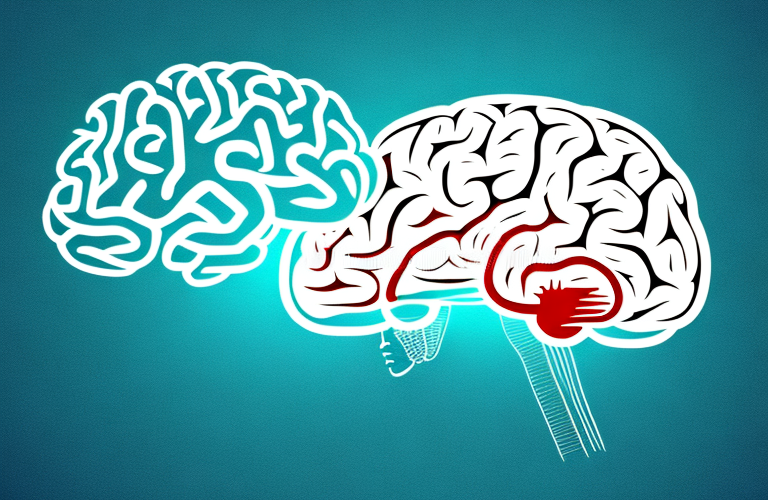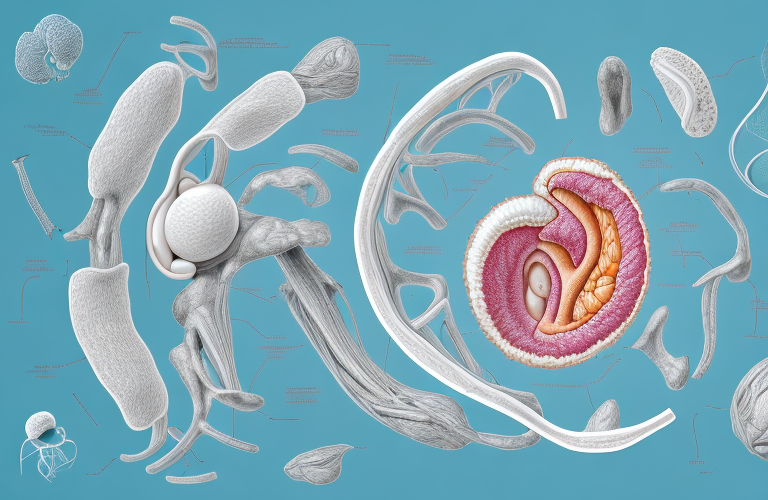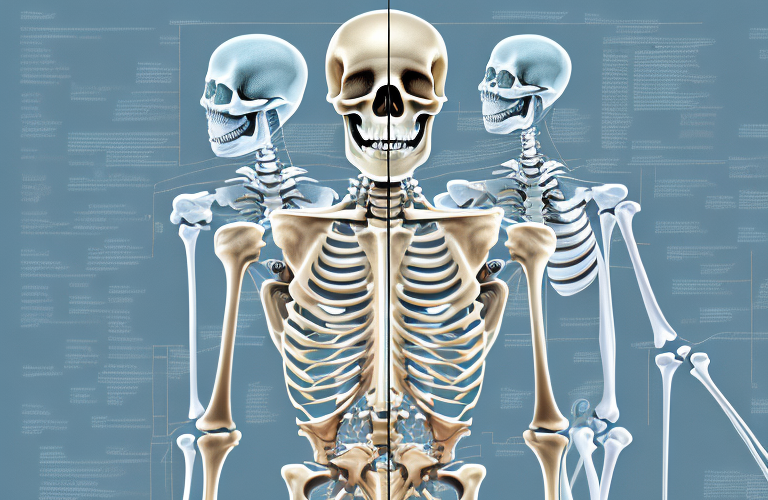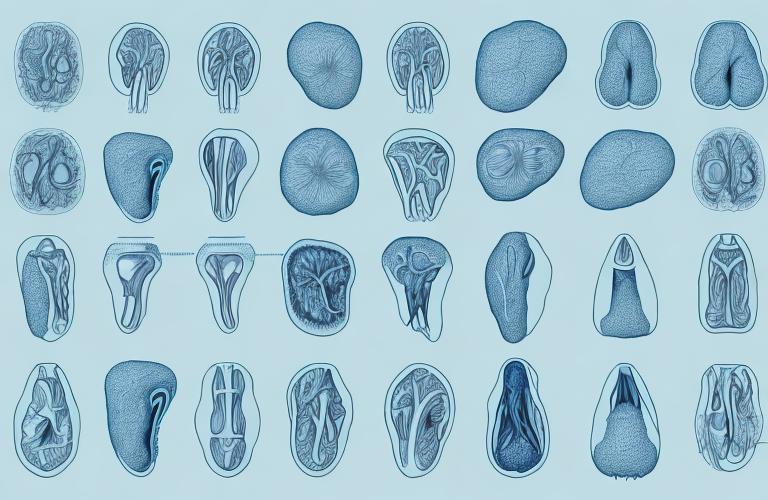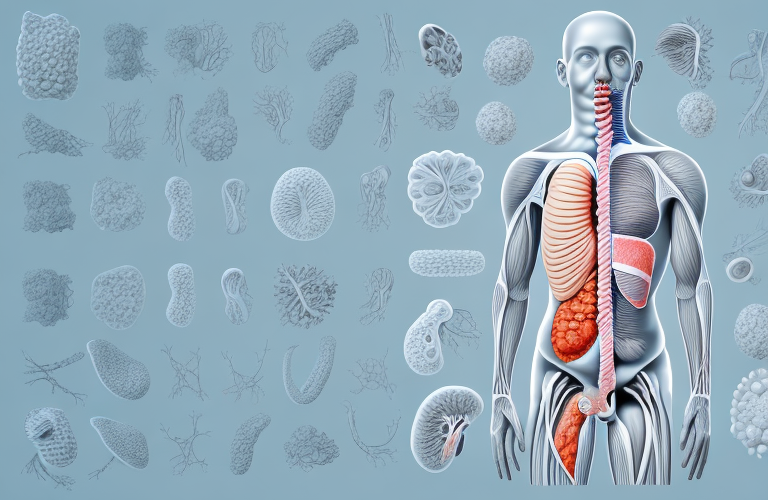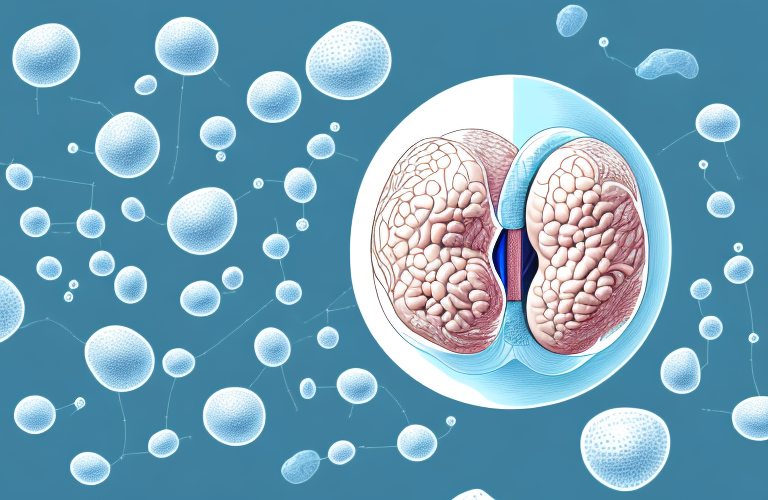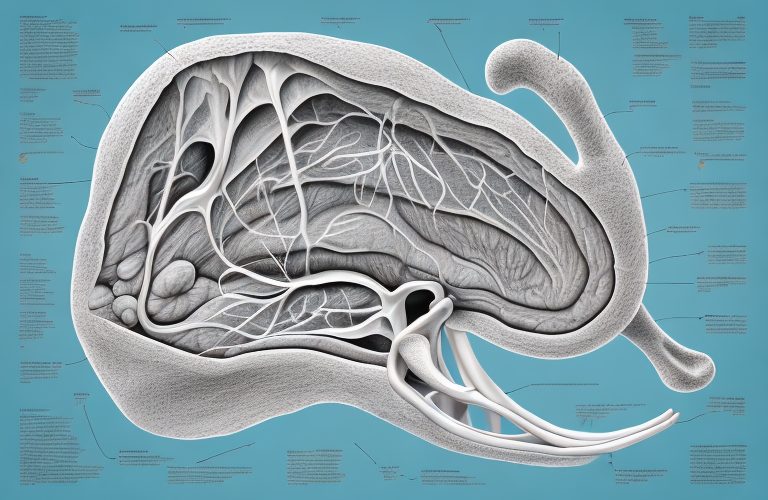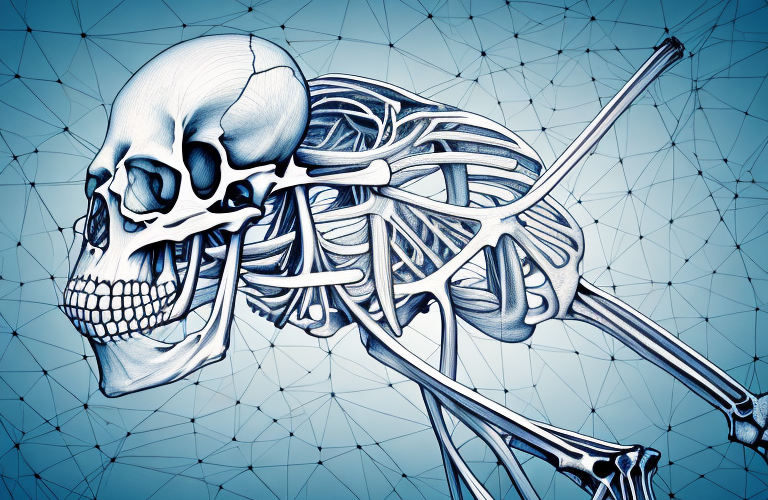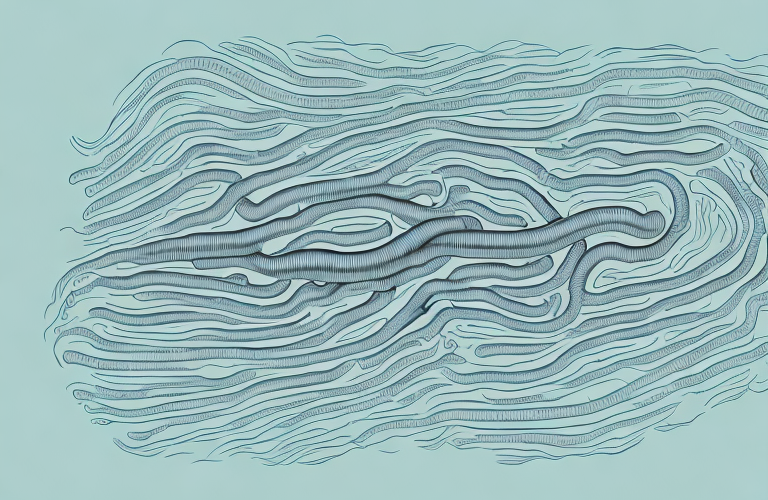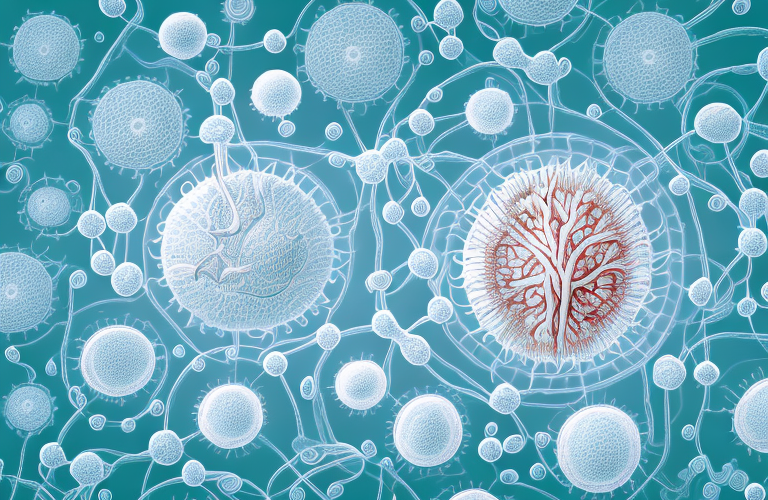
Seminal Vesicles: Function, Anatomy And More
The male reproductive system is complex and intricate, consisting of several organs and glands that work together to produce and deliver semen. One of these organs, the seminal vesicles, plays a vital role in the process of ejaculation and fertility. In this article, we'll take a comprehensive look at the function and anatomy of the seminal vesicles, as well as their importance to male reproductive health.Understanding the Male Reproductive SystemThe male reproductive system includes the testes, epididymis, vas deferens, prostate gland, and seminal vesicles. These organs all work together in a coordinated way to produce and deliver semen, which contains…

